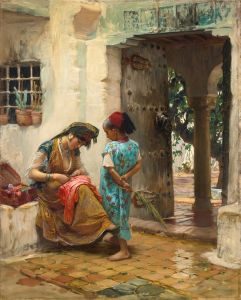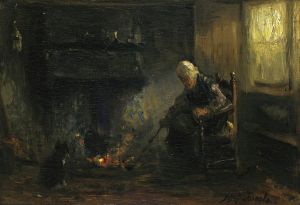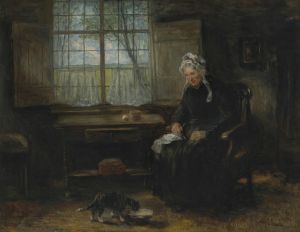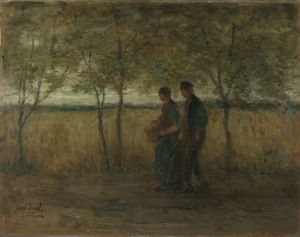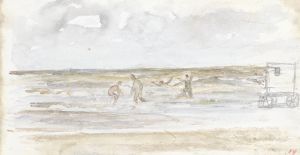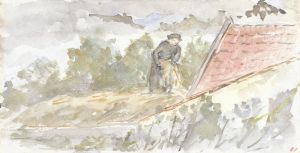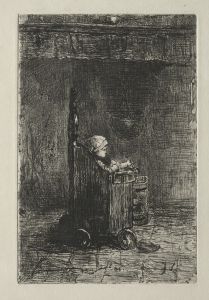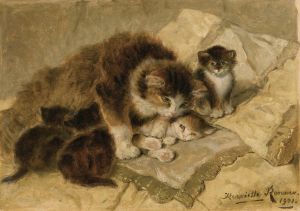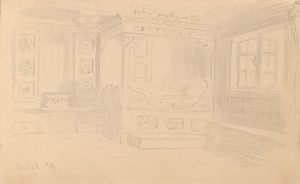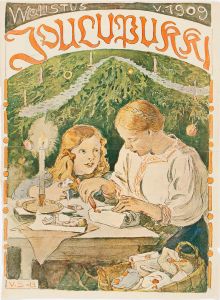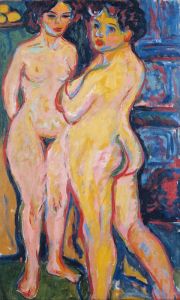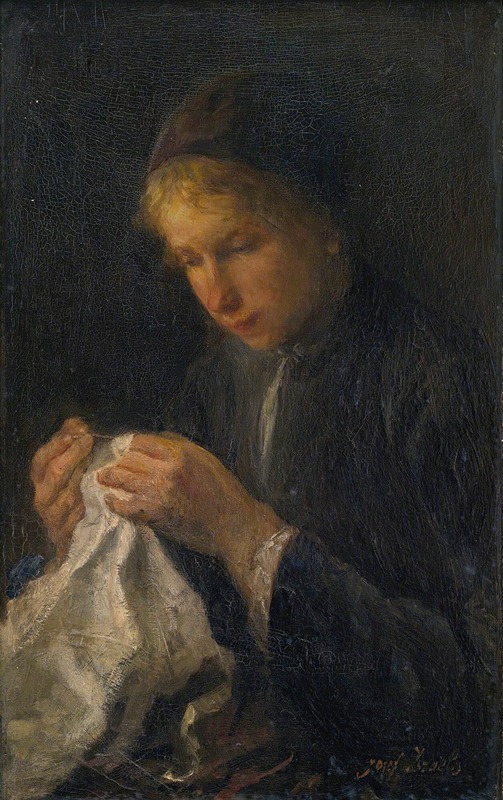
Woman Sewing
A hand-painted replica of Jozef Israëls’s masterpiece Woman Sewing, meticulously crafted by professional artists to capture the true essence of the original. Each piece is created with museum-quality canvas and rare mineral pigments, carefully painted by experienced artists with delicate brushstrokes and rich, layered colors to perfectly recreate the texture of the original artwork. Unlike machine-printed reproductions, this hand-painted version brings the painting to life, infused with the artist’s emotions and skill in every stroke. Whether for personal collection or home decoration, it instantly elevates the artistic atmosphere of any space.
"Woman Sewing" is a painting by the Dutch artist Jozef Israëls, a prominent figure in the Hague School, which was a group of artists in the Netherlands during the late 19th century. Known for his realistic and often somber depictions of rural and working-class life, Israëls' work is characterized by its emotional depth and attention to the everyday struggles and dignity of ordinary people.
Jozef Israëls was born on January 27, 1824, in Groningen, Netherlands. He initially studied art in Amsterdam and later in Paris, where he was influenced by the Romantic movement and the works of artists like François Millet. Upon returning to the Netherlands, Israëls became associated with the Hague School, which emphasized realism and often depicted the lives of fishermen, farmers, and other rural communities.
"Woman Sewing" exemplifies Israëls' focus on intimate, domestic scenes. The painting portrays a woman engaged in the simple, yet essential task of sewing, a common activity in 19th-century households. This subject matter reflects Israëls' interest in the quiet dignity and resilience of everyday people, particularly women, who were often depicted in his works as central figures in the domestic sphere.
The composition of "Woman Sewing" is marked by its use of light and shadow, a technique that Israëls employed to create a sense of depth and to highlight the emotional tone of the scene. The subdued color palette and the careful rendering of textures, such as the fabric being sewn and the woman's clothing, contribute to the painting's realistic quality. Israëls' attention to detail and his ability to capture the nuances of human expression are evident in the woman's focused demeanor and the serene atmosphere of the setting.
Israëls' work, including "Woman Sewing," is often compared to that of the French Realists, particularly Jean-François Millet, who also depicted rural life with empathy and realism. However, Israëls' paintings are distinguished by their uniquely Dutch sensibility, reflecting the cultural and social context of the Netherlands during his time.
Throughout his career, Jozef Israëls received significant recognition for his contributions to art. He was awarded numerous honors and his works were exhibited widely, both in the Netherlands and internationally. Israëls' influence extended beyond his lifetime, as he inspired subsequent generations of artists who admired his commitment to realism and his portrayal of the human condition.
"Woman Sewing" remains an important example of Israëls' oeuvre, encapsulating the themes and techniques that define his artistic legacy. The painting continues to be appreciated for its poignant depiction of a moment of quiet labor, offering viewers a glimpse into the everyday life of the past and the enduring strength of its subjects.
Jozef Israëls passed away on August 12, 1911, in The Hague, leaving behind a body of work that continues to resonate with audiences for its heartfelt portrayal of humanity. His paintings, including "Woman Sewing," are held in various collections and museums, where they are studied and admired for their artistic and historical significance.





